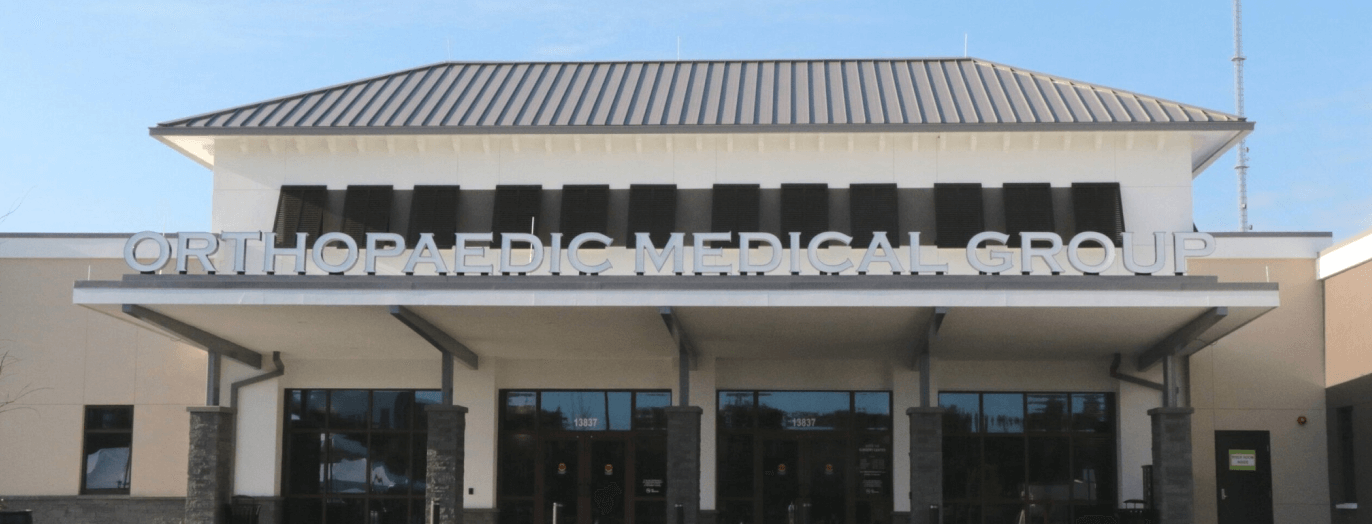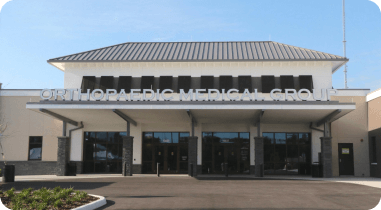
People in Fishhawk often encounter shoulder injuries, including SLAP tears. A SLAP tear (Superior Labrum Anterior to Posterior) often occurs in athletes who perform repetitive overhead motions like baseball pitchers, swimmers, and tennis players as well as individuals who suffer trauma from falls or accidents. If conservative treatments like physical therapy, rest, and anti-inflammatory medications fail to resolve the pain and instability, orthopedic surgery may be necessary to repair the damage. Find out how orthopedic surgery can repair SLAP tears before scheduling a consultation appointment at Orthopaedic Medical Group of Fishhawk.
What Is a SLAP Tear?
The labrum plays a critical role in stabilizing the ball-and-socket joint of the shoulder. A SLAP tear involves a tear at the top of the labrum where the biceps tendon attaches. This injury can cause symptoms such as:
- Deep shoulder pain
- Clicking or popping during movement
- Weakness or decreased range of motion
- Pain when lifting or throwing
Orthopedic evaluation typically includes a physical exam and imaging tests like an MRI to confirm the diagnosis.
When Is Surgery Recommended?
Surgery is typically considered when:
- Non-surgical treatments fail after several months
- The tear causes significant instability or pain
- The patient is an athlete needing full function restored
- The tear is large or associated with biceps tendon damage
Orthopedic surgeons specialize in musculoskeletal conditions and use advanced techniques to address SLAP tears effectively.
The Surgical Process
Arthroscopic SLAP Repair is the most common surgical procedure for this condition. It is minimally invasive and performed under general anesthesia.
1. Arthroscopy
Small incisions are made around the shoulder to insert an arthroscope, a thin tube with a camera. This allows the surgeon to view the shoulder joint on a screen and assess the extent of the tear.
2. Debridement or Repair
- If the tear is minor, the surgeon may simply debride the area removing frayed edges to promote healing.
- In most cases, the labrum is repaired using sutures and anchors to reattach it to the bone securely.
3. Biceps Tenodesis (if necessary)
If the biceps tendon is significantly involved or damaged, a biceps tenodesis may be performed. This involves detaching the tendon from the labrum and reattaching it to the upper arm bone, relieving stress on the labrum.
Recovery and Rehabilitation
Following arthroscopic SLAP repair, patients typically wear a sling for 6 weeks, removing it only for hygiene, exercises, and light tabletop activities. Physical therapy begins immediately, focusing on passive range of motion (ROM) and gentle strengthening.
- Weeks 0–3: Emphasis on reducing pain and inflammation while beginning passive shoulder movement and scapular stabilization. No active biceps use is allowed.
- Weeks 3–6: Gradual progression to full passive ROM (except external rotation), gentle strengthening with resistance bands, and pain-free movement.
- Weeks 6–12: Focus on improving strength and shoulder stability, initiating biceps exercises at 8 weeks, and gradually increasing ROM and resistance.
- Months 3–4: Advanced strengthening, plyometric exercises, and sport-specific training begin if full ROM is achieved.
Full recovery and return to sport or high-demand activity generally occur around 4–6 months post-surgery.
| Wearing a Sling After Arthroscopic Surgery
Patients in Fishhawk can expect to wear a sling after SLAP tear repairs for the first few weeks following the procedure to aid in recovery. Exact timeframes vary between patients. |
Schedule a Consultation With Orthopaedic Medical Group of Fishhawk For SLAP Tear Treatment Near You
From arthroscopic surgery to physical therapy and rehabilitation, Orthopaedic Medical Group of Fishhawk offers comprehensive treatment options for SLAP tears in the area. Call (813) 684-BONE (2663) to schedule a consultation appointment and receive a personalized treatment plan.




